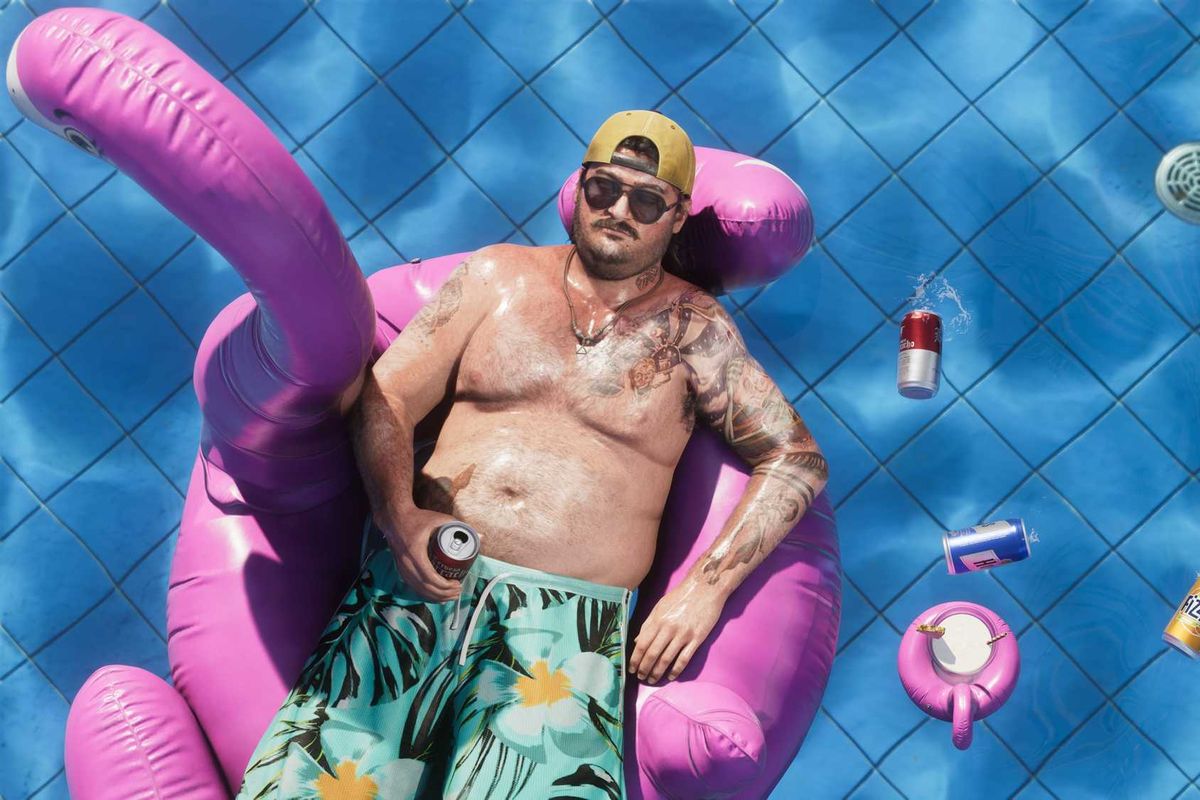Harriet Brewis
Sep 26, 2024
Is There Life After Death in the Multiverse? | Unveiled
WatchMojo - Unveiled / VideoElephant
Scientists have established the existence of a “third state” which lies beyond the traditional boundaries of life and death.
Traditionally, death has been understood as the moment when an organism ceases, irreversibly, to function as a whole. And yet, practices such as organ donation show that organs, tissues and cells can continue to work even after the rest of an organism fails.
Researchers have, therefore, been exploring the question of how certain cells can continue to operate even after an organism has died.
And now, in a new study, a team of experts have detailed how certain cells, when provided with the necessary stimulation, have the ability to “transform into multicellular organisms with new functions after death.”
What is this ‘third state?’
According to the paper’s lead authors, Peter A. Noble and Alexander Pozhitkov, the third state challenges how scientists understand cell behaviour.
In a piece for The Conversation, they note: “While caterpillars metamorphosing into butterflies, or tadpoles evolving into frogs, may be familiar developmental transformations, there are few instances where organisms change in ways that are not predetermined.”
Indeed, the key characteristic of these new “third state” cells is that they develop new functions.
For example, researchers found that skin cells extracted from dead frog embryos were able to adapt to the new conditions of a petri dish in a lab – spontaneously reorganising themselves into multicellular organisms called xenobots.
“These organisms exhibited behaviours that extend far beyond their original biological roles,” Noble and Pozhitkov note.
“Specifically, these xenobots use their cilia – small, hair-like structures – to navigate and move through their surroundings, whereas in a living frog embryo, cilia are typically used to move mucus.”
Furthermore, xenobots are also able to physically replicate their structure and function without growing. This is different from more common replication processes which involve growth within or on the organism's body.
The researchers also discovered that solitary human lung cells can self-assemble into tiny multicellular organisms that can move around and which behave, and are structured, in new ways. Not only can they navigate their surroundings but they also repair both themselves and injured neuron cells placed nearby.
“Taken together, these findings demonstrate the inherent plasticity of cellular systems and challenge the idea that cells and organisms can evolve only in predetermined ways,” the biologists conclude.
“The third state suggests that organismal death may play a significant role in how life transforms over time.”
- YouTubeyoutu.be
What determines the survival of certain cells?
A number of factors help determine whether certain cells and tissues can survive and function after an organism dies, including environmental conditions, metabolic activity and preservation techniques.
According to Noble and Pozhitkov: “Different cell types have varying survival times. For example, in humans, white blood cells die between 60 and 86 hours after organismal death. In mice, skeletal muscle cells can be regrown after 14 days postmortem, while fibroblast cells from sheep and goats can be cultured up to a month or so postmortem.”
Metabolic activity also plays a key role in cells’ capacity to go on functioning.
“Active cells that require a continuous and substantial supply of energy to maintain their function are more difficult to culture than cells with lower energy requirements,” the experts point out.
In addition, preservation techniques – such as cryopreservation (the process of storing cells, tissues, or organs at extremely low temperatures to preserve them for future use), can allow tissue samples such as bone marrow to function similarly to that of living donor sources.
Plus, perhaps unsurprisingly, factors such as trauma, infection and the amount of time passed since death significantly affect tissue and cell viability, as well as “factors such as age, health, sex and type of species."
Nevertheless, it remains unclear how the interplay of these variables enables certain cells to continue functioning after an organism dies, and not others.
One theory is that the outer membranes of cells feature “specialised channels and pumps” which generate “electrical signals that allow cells to communicate with each other and execute specific functions such as growth and movement.”
In so doing, they could shape the structure of the organism that they’re forming.
Moreover, the extent to which different types of cells can undergo transformation after death is also unclear, the researchers stress.

What could this ‘third state’ mean for science and medicine?
“The third state not only offers new insights into the adaptability of cells. It also offers prospects for new treatments,” Noble and Pozhitkov say.
“For example, anthrobots could be sourced from an individual's living tissue to deliver drugs without triggering an unwanted immune response.”
“Importantly,” they continue: “These multicellular organisms have a finite life span, naturally degrading after four to six weeks. This ‘kill switch’ prevents the growth of potentially invasive cells.”
However, most excitingly: “A better understanding of how some cells continue to function and metamorphose into multicellular entities some time after an organism's demise holds promise for advancing personalised and preventive medicine.”
Sign up for our free Indy100 weekly newsletter
How to join the indy100's free WhatsApp channel
Have your say in our news democracy. Click the upvote icon at the top of the page to help raise this article through the indy100 rankings
Top 100
The Conversation (0)














